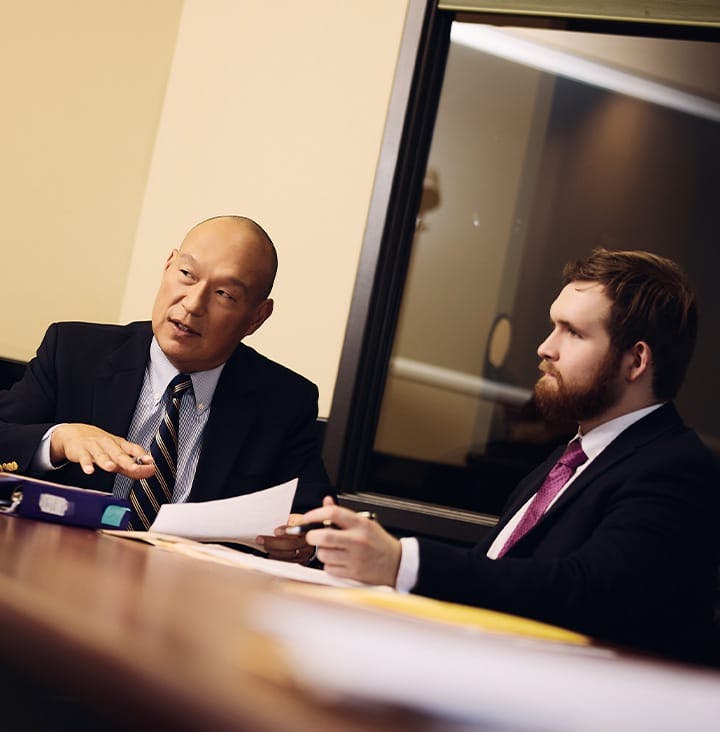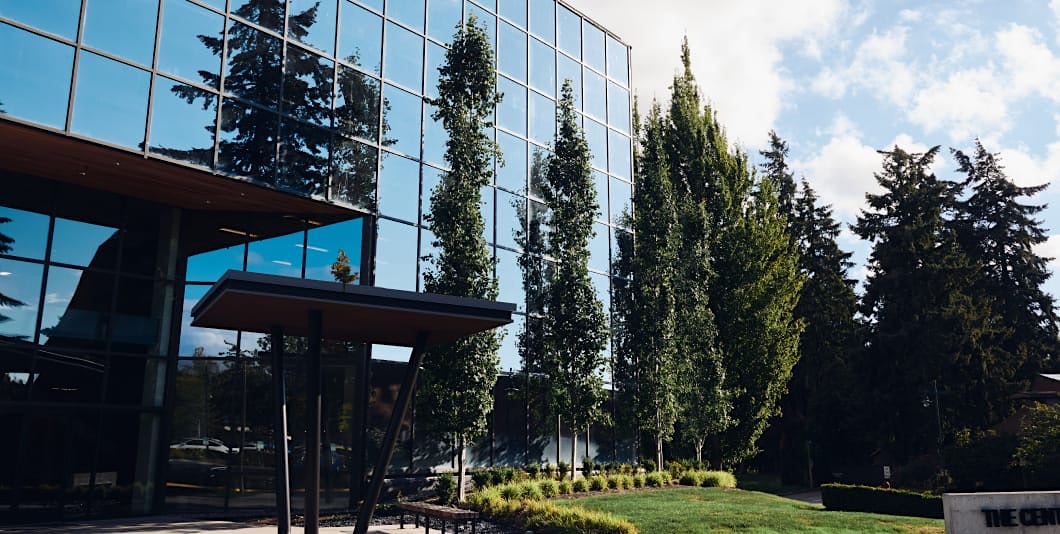Head-on collisions almost always result in serious injuries due to the combined impact of two vehicles traveling in opposite directions.


Head-On Collision Accident Injury Lawyers in Federal Way and Tacoma
In many cases, life-threatening or life-changing injuries result. Medical bills start to mount up and if the victim is the main earner in the family, this can put loved ones through considerable financial hardship in addition to the emotional turmoil of the accident. Prompt and adequate compensation for victims and their families is important – but easier said than done. Insurance companies are notoriously stubborn at attempting to minimize their losses. At Park Chenaur, our experienced head-on collision lawyers in Federal Way can handle your claim if you or a loved one have been injured in a head-on collision.

Causes of Head-On Collisions in Washington State
Most serious head-on collision accidents in Washington State occur at high speed when a vehicle drifts across the centerline or median into the lane of an approaching car. Another common reason for such collisions is drivers attempting to overtake other cars on a two-lane highway. However, these types of accidents are generally not fatal as the driver is frequently able to take evasive action (e.g., swerving or braking). Most commonly, head-on collisions are the result of:
- Driver fatigue
- Driving while distracted
- Speeding and losing control
- Driving while intoxicated with alcohol or drugged
All of the above are particularly serious as the distraction, fatigue, intoxication or lack of control may prevent the driver from taking evasive action and slowing down or swerving out of the way. Each of the above reasons may contribute to negligent driving – and the driver may therefore be held liable for significant damages. Other contributory factors with head-on collisions can be weather conditions, mechanical problems or an animal or other hazard in the road.
What Are Typical Head-on Collision Injuries in Federal Way & Tacoma?
Catastrophic injuries requiring expensive and long-term medical care and, in the worst cases, permanent care, can result from head-on collisions. Most commonly in the Federal Way area, we see the following types of injures:
- Traumatic brain injuries: in collisions, a person’s head may be violently impacted by striking an object in the vehicle, causing swelling or bleeding that can lead to permanent brain damage or death.
- Spinal cord injuries: the nerves in the spinal cord may be impacted by fractured vertebrae after a serious accident, leading to temporary or permanent paralysis.
- Severe fractures: extremely painful sternum and rib fractures are common due to the driver being thrust against the steering wheel or jolted against the seatbelt and if the driver is trapped beneath the wreckage, leg and hip fractures are common.
- Burn injuries: where a fuel tank explodes, burn injuries can be significant and lead to extreme pain and scarring requiring multiple surgeries.
- Severe whiplash: due to the forces involved in head-on collisions, whiplash-related injuries are particularly common due to muscles and ligaments in the neck being stretched and strained.
- Internal injuries: damage to vital internal organs is common due to the body’s impact with objects in the car during the accident.

How to Establish Negligence in Head-On Collision Accidents
With head-on collision injuries, like with all car accident injuries, fault and negligence must be proven for a compensation claim to be successful. Your lawyer will help to establish negligence by examining the evidence in fine detail. The investigation will usually include:
- Examining the marks on the road (skid and gouge marks)
- Viewing photographs/videos of the vehicles and the scene of the accident
- Viewing photographs of the injuries and examining medical reports
- Examining the police report
- Investigating the results of BAC tests
- Gathering statements from witnesses
- Sorting through the data available from in-vehicle technologies or mobile phones
With a combination of these efforts, your lawyer will conduct a thorough investigation and should be in a strong position to establish negligence. In doing so, this will put pressure on the insurance company for a fair settlement. If not, we will take it to court and let a judge decide.
What is comparative negligence in a head-on collision?
In Washington, we have comparative negligence laws that allow a victim of an accident to claim compensation even if they were partly at fault for the accident.
This applies as long as your proportion of fault was no more than 50 percent.
Bear in mind that in comparative negligence cases, the amount of compensation you can recover will be reduced by your percentage of fault.
Why it can be difficult to prove fault in head-on collisions in Federal Way & Tacoma
Determining liability in an accident where the front ends of two vehicles collide is often more complicated than with other types of accidents.
Both drivers could be at fault to some degree, meaning that the comparative negligence rules may come into play. Head-on collisions involve cars traveling in different directions and it will need to be determined who violated the road rules by drifting into another lane, disobeying traffic signals or stop signs, or behaved in any other way to cause an accident.
What damages can you recover for a head-on collision in Federal Way or Tacoma?
With serious injuries resulting from head-on collisions, there are likely to be significant costs involved. You can claim compensation for both economic and non-economic losses in Washington. These may include:
- Past, present, and future medical expenses
- Lost wages
- Loss of future income
- Property damage
- Pain and suffering

Need help with claiming for a head-on collision injury in Federal Way?
If you or a loved one has suffered injuries as a result of a head-on collision in the Federal Way area, contact Park Chenaur for a free initial consultation.












